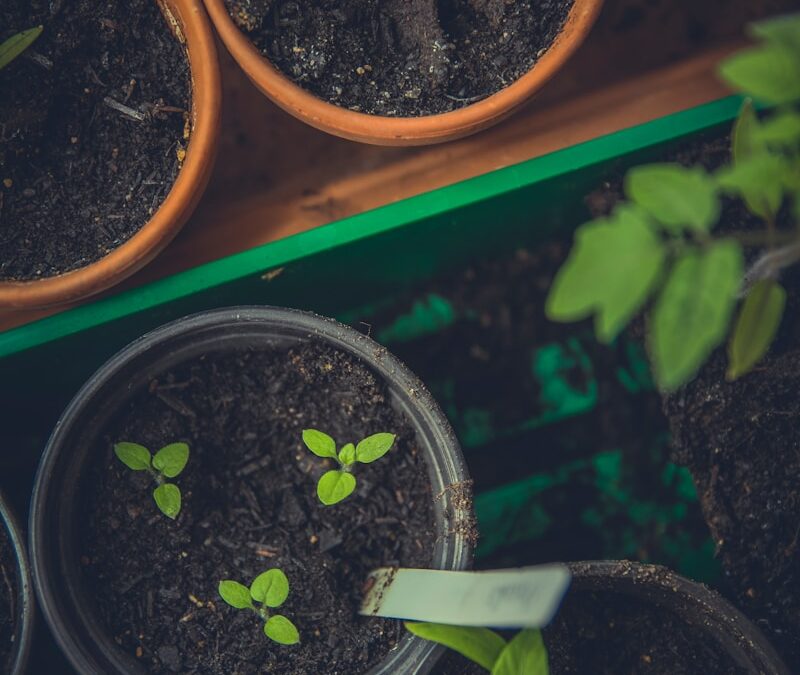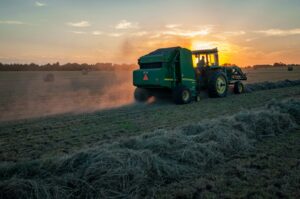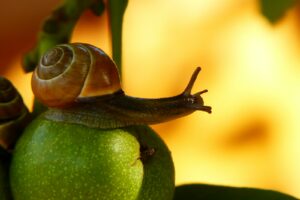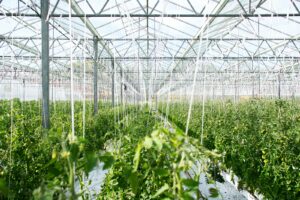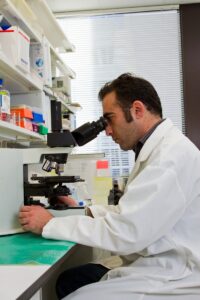How IoT Technology Shields Agriculture from Pests and Diseases
IoT Crop Protection: A New Era of Agricultural Security
IoT crop protection is revolutionizing the way farmers safeguard their crops against potential threats such as pests and diseases. In regions like Saudi Arabia and the UAE, where agriculture plays a critical role in food security and economic stability, IoT technology offers a powerful tool to protect crops from the devastating effects of these threats. By integrating advanced IoT sensors and real-time data analytics, farmers can receive early warnings of potential pest infestations or disease outbreaks, allowing them to take timely and effective action.
The use of IoT in crop protection involves deploying a network of sensors throughout the fields to monitor environmental conditions, crop health, and pest activity. These sensors collect data on temperature, humidity, soil moisture, and other factors that can influence the likelihood of pest and disease outbreaks. For instance, in Riyadh, where certain crops are vulnerable to specific pests, IoT sensors can detect changes in environmental conditions that may signal the onset of an infestation, triggering an alert for farmers to apply preventive measures.
Moreover, IoT technology enhances the precision and effectiveness of crop protection strategies. In Dubai, where high-value crops require stringent care, IoT-enabled systems can target pest control efforts more accurately, reducing the need for blanket pesticide applications and minimizing the environmental impact. This precision not only protects crops more effectively but also supports sustainable farming practices, which are increasingly important in today’s agricultural landscape.
Preventing Crop Losses with IoT-Enabled Early Warnings
One of the most significant benefits of IoT crop protection is the ability to prevent crop losses by providing early warnings of potential threats. Traditional methods of pest and disease management often rely on periodic inspections and reactive measures, which can be too late to prevent significant damage. IoT technology, however, allows for continuous monitoring of crop conditions, enabling farmers to detect issues at their earliest stages and respond before they escalate.
For example, IoT sensors can monitor the presence of specific pathogens in the soil or on plant surfaces, providing real-time data that can indicate the initial stages of a disease outbreak. In the UAE, where agriculture must contend with both local and imported pests, this early detection capability is crucial for protecting crops from widespread damage. By receiving early warnings, farmers can apply targeted treatments to affected areas, reducing the need for widespread chemical applications and preserving the health of their crops.
Additionally, IoT-enabled early warning systems can help farmers optimize their response strategies by providing detailed insights into the nature and severity of the threat. For instance, if a sensor detects an increase in pest activity in a particular area of a field, farmers can focus their efforts on that area, using the most appropriate control methods. This targeted approach not only improves the efficiency of pest and disease management but also reduces costs and environmental impact.
Improving Crop Yields and Quality with IoT Monitoring
The deployment of IoT crop protection also plays a crucial role in improving crop yields and quality. Healthy crops that are free from pests and diseases are more likely to reach their full potential, resulting in higher yields and better-quality produce. IoT technology ensures that crops are continuously monitored and protected, reducing the risk of damage and promoting optimal growth.
In regions like Dubai, where agriculture must be highly efficient to meet market demands, IoT-enabled crop protection systems provide a significant competitive advantage. By ensuring that crops are protected from pests and diseases throughout their growth cycle, farmers can achieve higher yields and produce that meets the stringent quality standards required for export markets. This is particularly important for high-value crops such as fruits and vegetables, where even minor blemishes can significantly impact marketability.
Moreover, the data collected by IoT sensors can be analyzed to identify trends and optimize future crop protection strategies. By examining data on pest activity, disease outbreaks, and environmental conditions, farmers can refine their management practices to better anticipate and prevent future threats. This continuous improvement process is key to maintaining high agricultural output and adapting to the changing challenges of modern farming.
Strategic Benefits of IoT in Crop Protection
Enhancing Agricultural Resilience
One of the strategic benefits of IoT crop protection is the enhancement of agricultural resilience. In a world where climate change and environmental variability are becoming increasingly unpredictable, the ability to monitor and manage crop protection in real-time is crucial for maintaining stable crop production. IoT technology provides farmers with the tools they need to respond quickly to potential threats, ensuring that their crops are protected from the risks associated with pests and diseases.
For example, in Saudi Arabia, where agricultural operations must contend with extreme temperatures and diverse pest pressures, IoT-enabled crop protection systems can automatically adjust to changing conditions, such as a sudden spike in humidity or an increase in pest activity. This adaptability ensures that crops receive the appropriate protection under any circumstances, reducing the risk of crop failure and helping farmers maintain consistent production levels.
Supporting Sustainable Agriculture
IoT crop protection also supports the broader goal of sustainable agriculture. By optimizing pest and disease management and preventing unnecessary chemical use, IoT technology helps farmers minimize their environmental impact while maximizing productivity. This is particularly important in regions like the UAE and Saudi Arabia, where sustainable resource management is a key priority for both the agricultural sector and the government.
IoT-enabled crop protection systems contribute to sustainability by reducing the need for excessive pesticide applications and minimizing the energy required for monitoring and management activities. This not only lowers the operational costs for farmers but also helps preserve local ecosystems and reduce the carbon footprint of agricultural activities. As a result, IoT technology plays a vital role in promoting sustainable farming practices that are both economically viable and environmentally responsible.
Future Trends in IoT-Enabled Crop Protection
As technology continues to advance, the future of IoT crop protection promises even greater innovations that will further enhance agricultural efficiency and resilience. The integration of artificial intelligence and machine learning with IoT systems will enable more sophisticated analysis of crop protection data, allowing farmers to make even more precise adjustments to their pest and disease management practices. Additionally, advancements in IoT sensor technology will make these systems more accessible and affordable, encouraging wider adoption across the agricultural sector.
In conclusion, the adoption of IoT crop protection offers significant benefits for shielding crops from pests and diseases, optimizing resource use, and improving agricultural resilience. By leveraging real-time data and advanced analytics, farmers in regions like Saudi Arabia and the UAE can enhance their crop protection strategies, prevent crop damage, and contribute to the development of more sustainable and productive agricultural systems. As IoT technology continues to evolve, its role in agriculture will only grow, making it an essential tool for the future of farming.
#IoTCropProtection #SmartFarming #AgriculturalTechnology #PestManagement #SustainableFarming #IoTSolutions #RiyadhAgriculture #DubaiFarmingInnovation

